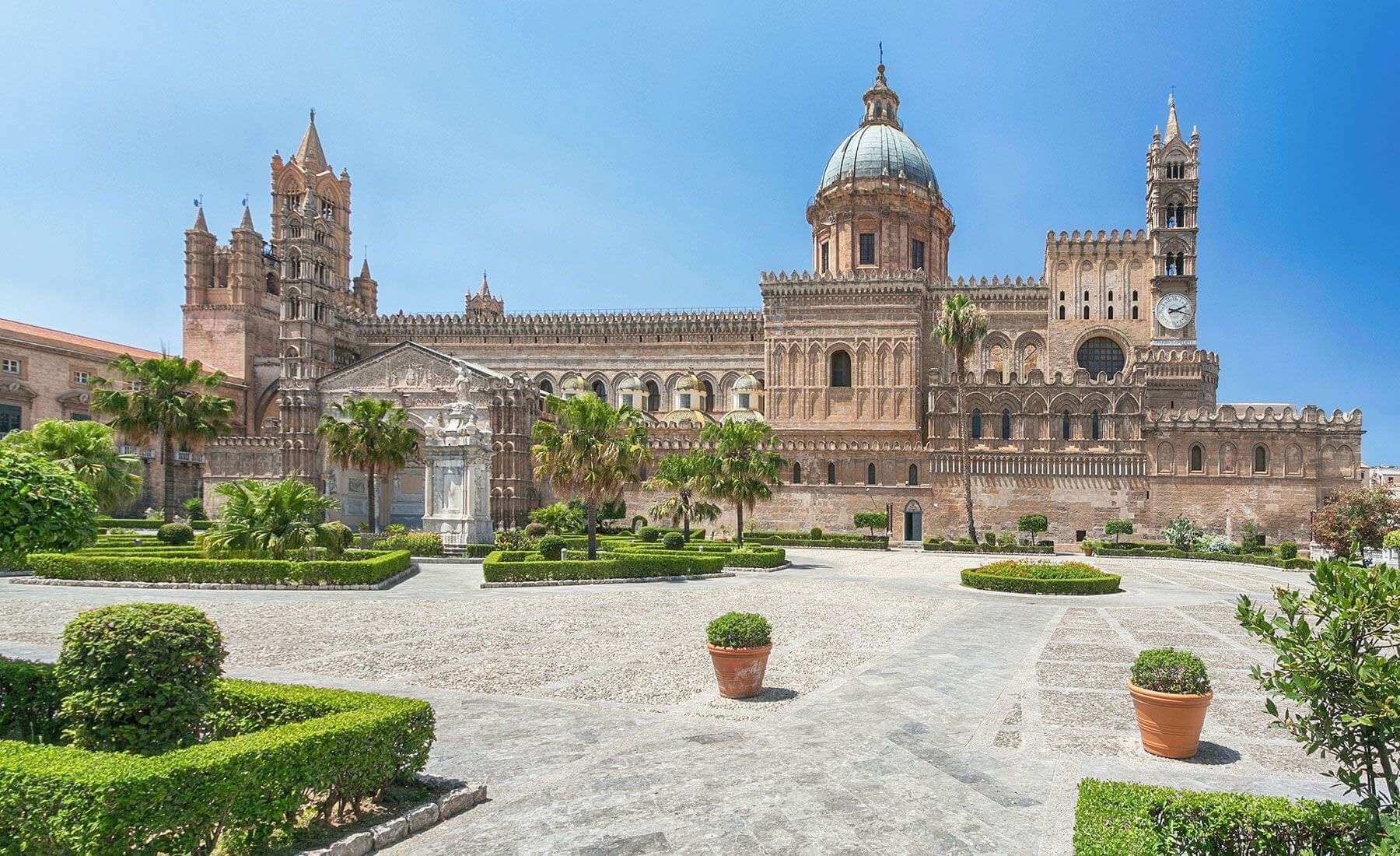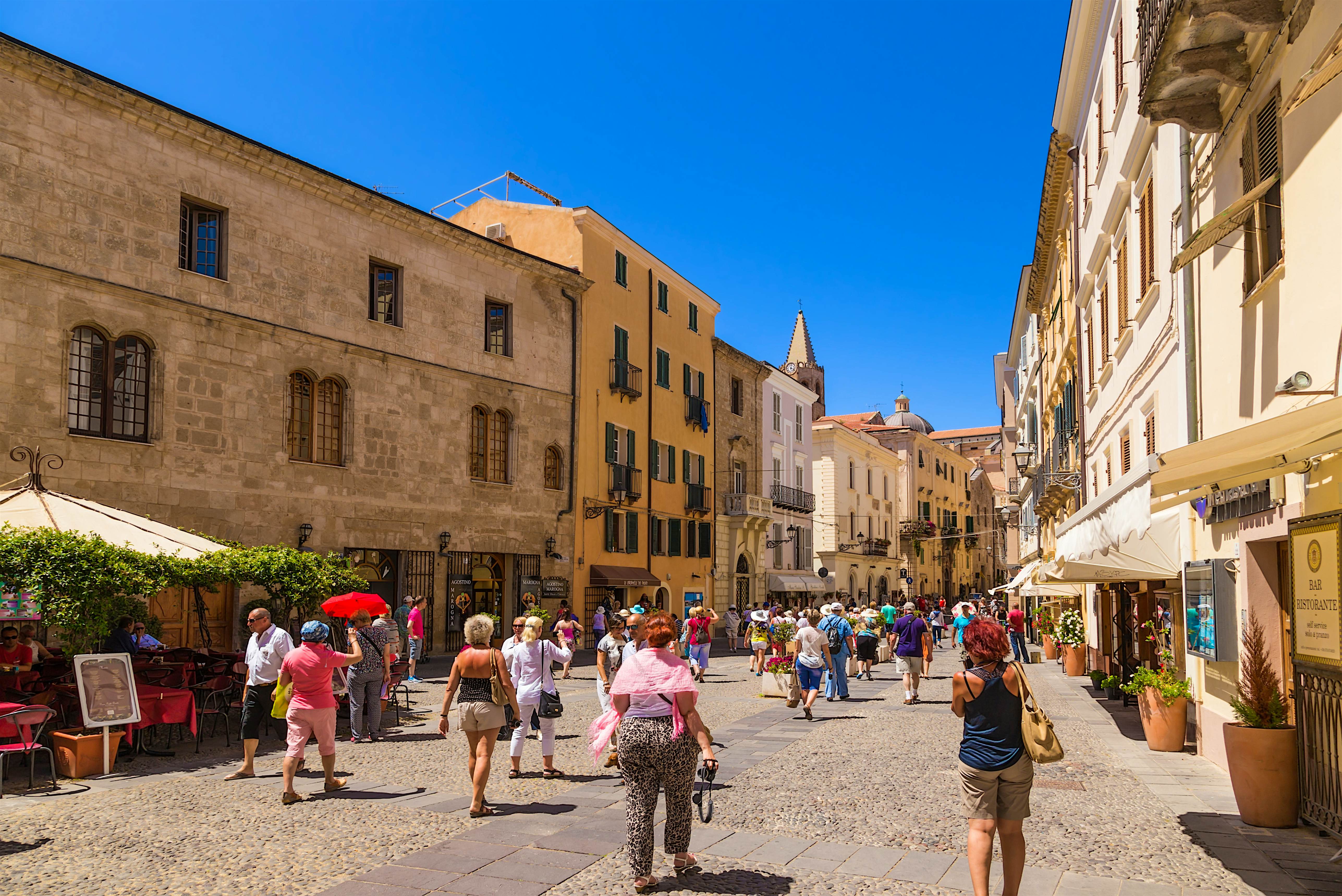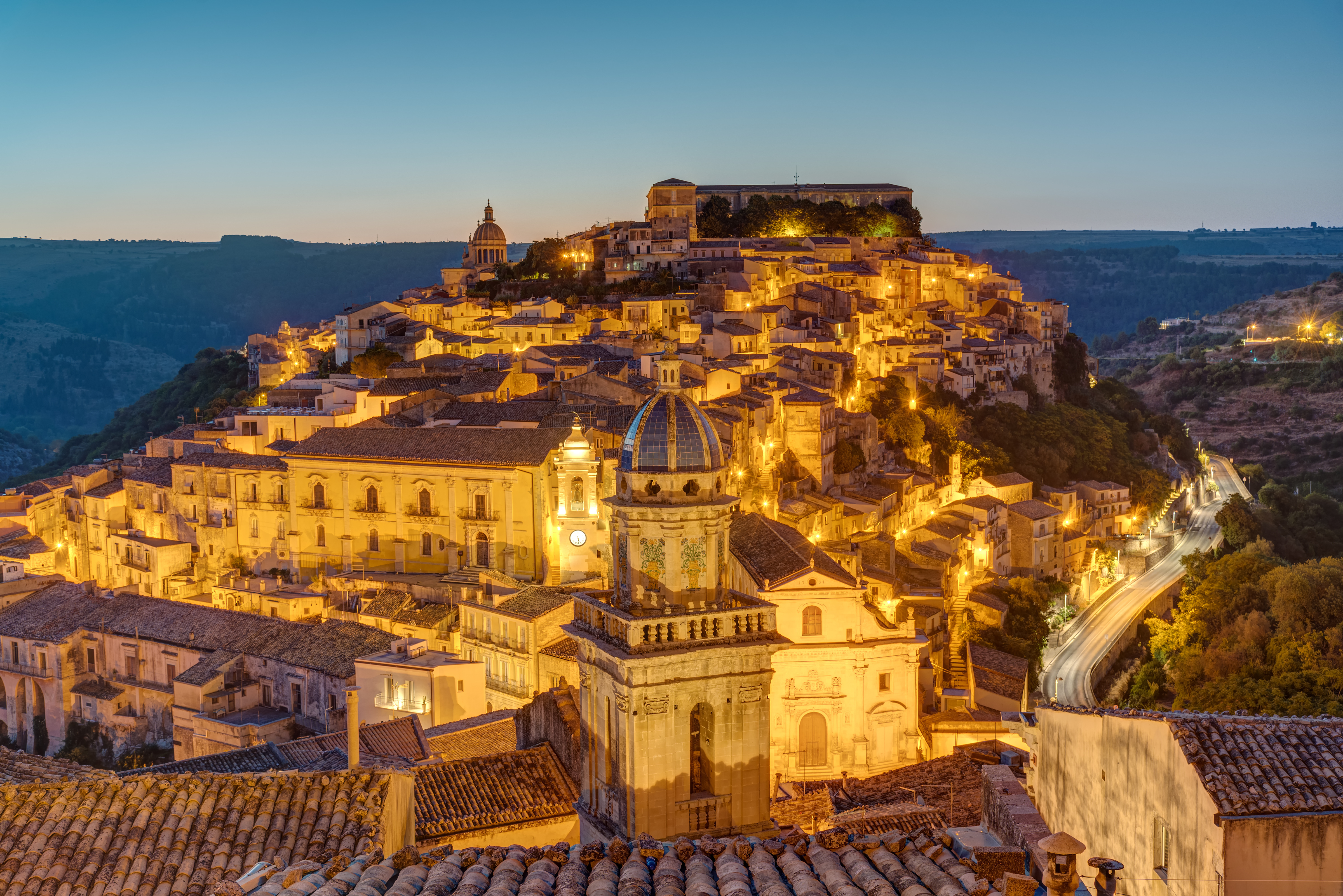Ciao e benvenuto a tutti! After writing two hat tricks of previous blog posts, our focus today shifts to Italy’s favorite sport—soccer. While this may not surprise you, what will blow your mind is that soccer in Italy is not denoted by some linguistic variation of football. Rather, Italians refer to the sport as calcio (pronounced CAHL-cho). Italian soccer has a history decorated with passion and excellence. From the national team, called Gli Azurri, to the clubs, like Juventus and AC Milan, calcio is a prominent part of Italian culture that cannot be kicked to the curb. My gooooooal here today is to familiarize you with some of the basics of calcio, a few of the greatest to play on the pitch, and a handful of the rising soccer stars playing in Italy.

If you watch the World Cup, you may notice that Italy wears blue and white instead of their national colors of red, white, and green. In fact, this azure blue lends to the name Gli Azurri. I bet that blue your mind! But why are the national team’s colors different from their flag? Unknown to many, the Italian flag was mainly “savoy blue” until the end of World War II. At that point, Italy had already won two World Cups, and the team decided to keep their blue uniforms. And if this was not enough to knock your socks and shin guards off, let’s talk domestic calcio. Italian soccer functions in a hierarchy of leagues, ranging from the local to national level. The main league, Serie A, consists of the top 20 club teams in Italy. What are the stakes of being in Serie A? If a team is a bottom-three finisher, it is relegated to Serie B (a lower league) and, if a team is a top-four team, it gains a spot in the next year’s UEFA Champions League (the most competitive, highly anticipated competition in soccer). Knowing what is at stake, teams compete fiercely during the 38-matchday Serie A season.

But there is more to the story than just the teams. What about the players? When considering the all-time greats of Italian soccer, Paolo Maldini (left) often comes to mind. A tall, athletic defender, Maldini, aka Il Capitano, had a decorated career, lifting the Champions League trophy and multiple league titles. Unlike many in the sport, he played until the age of 41. Another noteworthy player, Argentine midfielder Diego Maradona (right) contends for the title of greatest of all time due to his dominance on the pitch. While playing for S.S.C. Napoli and the Argentina national team, he won two Serie A titles and a World Cup. His footwork is regarded as some of the best, and his “Hand of God” goal is the most famous in the game.


Does the talent in Italy stop there? By no means! Rising stars in Serie A are more numerous than the stars in the sky. Names like Giacomo Raspadori, Khvicha Kvaratskhelia, Dusan Vlahovic, Federico Chiesa, and Rafael Leao are bringing a new age of dominance to calcio (now that’s a mouthful). A key part of both Juventus and the Italian national team, Chiesa’s (top) ball control and finishing skills make him a top contender in Italy and the entire world. Meanwhile, Rafael Leao’s (bottom) speed, agility, and footwork causes severe troubles for defenders. Overall, the influx of young talent has made calcio highly competitive, rejuvenating the Italian spirit after heartbreaking drought years. And as this spirit lives on, a large portion of Italian culture stays lively. Grazie for reading along, and as always, ci sentiamo presto!


















